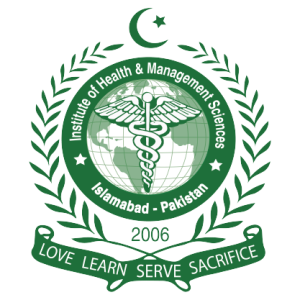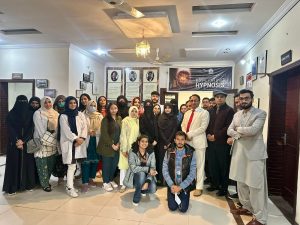Introduction
In today’s rapidly changing world, pandemic preparedness stands as a sentinel against unforeseen global health threats. Think about it. Just a blink ago, COVID-19 reshaped our lives in unimaginable ways. And it wasn’t the first. History is sprinkled with tales of pandemics, from the Spanish Flu to SARS, that have tested humanity’s resilience. Each outbreak leaving indelible lessons and emphasizing the crucial role of being ready.
So, why is pandemic readiness so vital? Well, it’s our shield, our playbook, a guiding light in the darkest times. And the astonishing truth? We’ve often been caught off guard. Time and again, we’ve seen the aftermath of what happens when we’re unprepared. Devastation, economic turmoil, and lost lives. But it’s not all gloom and doom. With each hit, we’ve evolved, learning and relearning. Cue health policy innovations.
These innovations, birthed from past lessons, offer a glimmer of hope. They signify our determination to change the narrative, to be better equipped, and to ensure that history doesn’t just repeat itself. In this age of information, our weapon against future pandemics isn’t just medicine—it’s knowledge, foresight, and a good dose of epidemic readiness.
The Role of Historical Pandemic
History whispers tales of pandemics that have danced across continents, leaving their mark. Each outbreak, a testament to our endurance, has taught us lessons. Yet, some lessons come at a steeper price than others.
Lessons from COVID-19 Pandemic
The shadow of COVID-19 looms large, even today. This recent antagonist challenged our pandemic preparedness like never before. We faced not only a health crisis but economic and social upheavals. From lockdowns to social distancing, we adapted and learned. But amidst the chaos, key takeaways emerged. We realized the importance of swift responses, robust healthcare infrastructures, and, above all, the power of global collaboration. Though the virus caught us off guard, our pandemic response evolved, driven by these insights.
Echoes from the Past-Pandemic
Digging deeper into the annals of history, past pandemics have always been catalysts for change. The Spanish Flu, the bubonic plague, and even SARS have molded our pandemic readiness approaches. Each outbreak confronted societies with unique challenges, prompting shifts in health policies and directing strategies. They have made it glaringly evident: preparedness isn’t a luxury—it’s a necessity. The mosaic of health policy innovations we see today stems from the resilience and lessons of yesteryears.
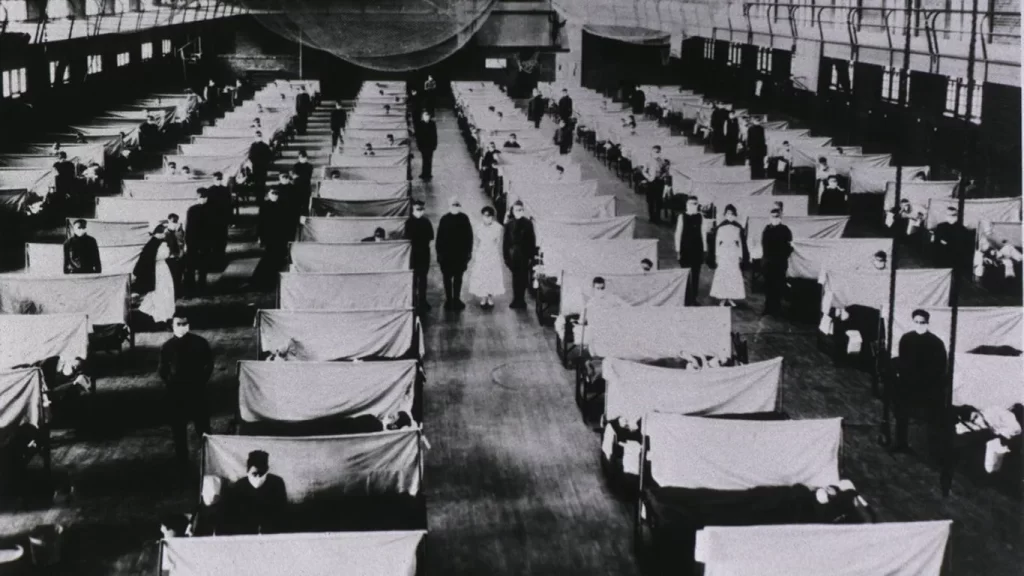
The Cornerstones of Pandemic Preparedness
Our collective experience with pandemics serves as a reminder: pandemic preparedness isn’t just about planning; it’s about action. Let’s delve into the bedrock elements that will dictate our response to future health threats.
Outbreak Surveillance Systems
Knowledge is power. Having our finger on the pulse with robust outbreak surveillance systems ensures that we detect threats early. It’s imperative to remember that in the realm of pandemics, time is of the essence. Early detection allows us to swiftly mobilize resources and curtail the spread. By observing patterns and being vigilant, we safeguard our communities. Together, we can, and must, act fast and efficiently.
Vaccine Distribution and Equity
In our interconnected world, fairness isn’t just ethical—it’s logical. Every individual, regardless of their location or status, deserves access to life-saving vaccines. Pandemic response isn’t just about halting a virus; it’s about ensuring that tools like vaccines are accessible to all. Equitable distribution ensures herd immunity, reducing the chance for viral mutations and prolonging the efficacy of treatments. By emphasizing equity, we not only save lives but secure our collective future.
Healthcare Infrastructure Resilience
When a storm hits, a sturdy house stands firm. Similarly, a resilient healthcare system remains unshaken amidst crises. Our healthcare infrastructure, strengthened by lessons of the past, must be agile. By continually investing in and fortifying our health systems, we ensure that they can pivot and adapt during unforeseen challenges. We owe it to ourselves and future generations to prioritize this pandemic readiness pillar.
Digital Health Tools
As we tread into the future, technology walks alongside us. Digital health tools are no longer the ‘next big thing’—they’re here, revolutionizing our approach to health crises. From contact tracing apps to virtual health consultations, these innovations equip us with capabilities once deemed futuristic. Harnessing these tools isn’t a choice; it’s a necessity. It empowers us to respond with precision, speed, and effectiveness.

Strengthening Global Collaboration
In the vast tapestry of global health, every thread matters. Our interconnectedness isn’t just geographical; it’s deeply rooted in our shared human experience. And as we’ve learned, pathogens recognize no borders. Let’s weave a stronger, more unified response for the challenges ahead.
The Significance of International Health Regulations
International health regulations act as our guiding compass, pointing the way forward in times of health crises. They aren’t mere paperwork but a testament to our shared commitment to safeguarding humanity. By adhering to these regulations, we ensure a balanced and informative approach, serving not just our communities but the global populace. It’s our collective responsibility to honor and strengthen these guiding principles.
Cross-border Health Collaboration
The beauty of collaboration lies in its power to unify. In the face of a pandemic, no nation can stand alone. Cross-border health collaboration isn’t a mere suggestion—it’s a clarion call for unity. It’s heartening to see countries set aside differences to prioritize health. This shared mission isn’t just about addressing the present but fostering an optimistic and encouraging vision for the future. Through mutual understanding and shared resources, we can—and will—build a world more resilient than ever before.
Global Health Security
Security, in its truest sense, transcends borders. Global health security is about understanding that national interests and global needs are two sides of the same coin. We must maintain a holistic and balanced view, recognizing the urgency while remaining calm. Our shared destiny beckons us to ensure that the health and well-being of one nation ripple outwards, benefiting all. Let’s inspire each other, championing health security as a universal right, and crafting a legacy of collective safety and prosperity.

Communication & Public Involvement-Pandemic
As we embark on this journey of understanding and preparing for pandemics, one thing stands clear: we cannot do it alone. The strength and success of our endeavors lie in the power of unity, with every voice playing a crucial part.
The Vital Role of Public Health Communication Strategies
Transparent communication is the backbone of trust, especially in the arena of public health. It’s not just about broadcasting information; it’s about engaging, listening, and understanding. Every piece of information we share should be clear, concise, and solution-oriented. Public health communication strategies hold the key to dispelling myths, fostering understanding, and rallying communities. By valuing and harnessing these strategies, we not only equip our communities with knowledge but inspire them to become active participants in the global health narrative.
Engaging Communities for Effective Responses
Engagement goes beyond mere dialogue. It’s about mutual respect, collaboration, and building bridges. When communities are informed, reassured, and motivated, they become formidable allies in our pandemic response. Each one of us holds a piece of the puzzle, and when we come together, solutions manifest. Through collaborative efforts, we can co-create strategies that resonate with the heartbeats of our communities. Let’s remember: every individual, armed with the right knowledge and motivation, can be a beacon of change. Together, under the banner of pandemic preparedness, we can craft a future where our responses are not just effective, but empathetic and inclusive.
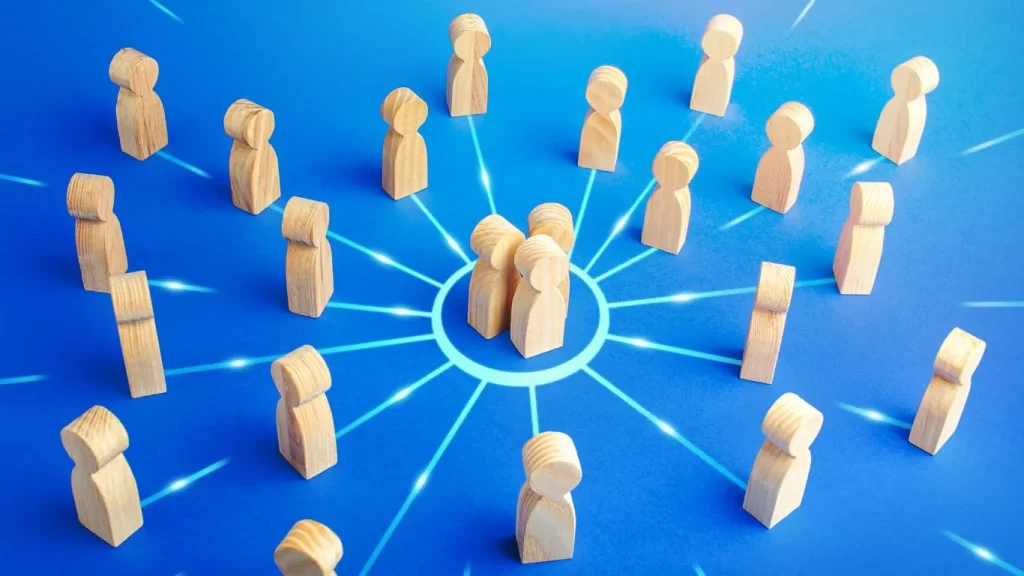
The One Health Approach
As we set our eyes on the horizon of future health challenges, a holistic and forward-thinking perspective becomes paramount. It’s not just about the health of our societies, but the intricate tapestry of life on our planet. Enter: the One Health Approach.
Understanding the One Health Approach
The One Health Approach isn’t a new concept, but its relevance has never been more pronounced. In its essence, this approach underscores that human health, animal health, and the environment are inextricably linked. It’s an educational and inclusive framework that demands we look at health challenges not in isolation, but as parts of a bigger, interconnected picture. The beauty of this approach is its clarity and concision, urging us to comprehend the vast web of life and our place within it.
Intersections in Pandemic Preparedness
Our pandemic preparedness isn’t just about us. Viruses don’t recognize species or ecosystems; they simply exist and spread. Diseases in animals can, and often do, jump to humans. The environment we inhabit plays a critical role in how these diseases spread and manifest. Recognizing these intersections and acting upon them isn’t just futuristic thinking—it’s urgent and necessary. By embracing this holistic mindset, we equip ourselves with the tools and knowledge to craft more effective, sustainable, and respectful strategies for future health challenges. Let’s be motivated by this optimism and work collaboratively towards a healthier, interconnected world.

Conclusion
As we reflect on our journey through the realms of pandemic preparedness and health policies, one fact emerges unmistakably clear: evolution is constant. Just as viruses and health challenges change, so must our strategies and understandings. We’ve witnessed the morphing landscape of health policies over the years, each shift teaching us, guiding us, and preparing us for the unknown.
But with these challenges comes an undeniable truth: our strength lies in unity. The call for global collaboration isn’t just a request; it’s a necessity. The trials we’ve faced and will continue to face demand innovation, adaptability, and a collective spirit. As we look towards the future, let’s embrace it with the knowledge we’ve gained and the hope that together, equipped with improved pandemic response tactics, we can face any challenge head-on.
FAQs About Pandemic
Pandemic preparedness is the proactive planning and coordination of strategies to detect, respond to, and mitigate the spread of infectious diseases on a global scale.
Previous pandemics highlighted gaps in health systems, leading to strengthened global coordination, improved surveillance mechanisms, and updated policies for quicker response and resource allocation.
From COVID-19, the global health community learned the importance of rapid information sharing, the need for coordinated international responses, and the value of science-driven, transparent communication.
Outbreak surveillance systems monitor disease data in real-time, identifying unusual patterns or spikes in cases, enabling quicker interventions and containment.
Equitable vaccine distribution ensures all populations get timely access, preventing large outbreaks, reducing global spread, and fostering herd immunity.
Digital health tools enhance data collection, real-time analysis, and communication, leading to quicker decision-making, more efficient resource allocation, and broader public awareness and engagement.
